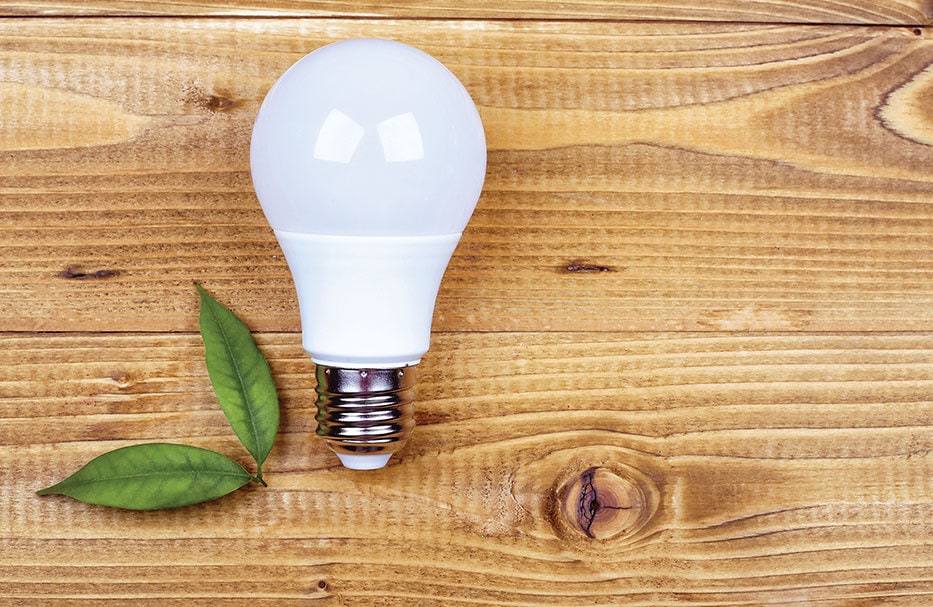There are several ways you can be more environmentally aware other than just by recycling. While this is a helpful and easy way to be more eco-friendly, there might be other things around the house to help you go green this year. Check out some of these tips:
More insulation. If you live in an older home, chances are it may not have enough insulation to keep it as cool in the summer or as warm in the winter as it could be. There could unfinished attic spaces, areas between studs and rafters of walls and the roof, caulk seals, foundation walls above ground or slab floors built directly on the ground. If you’re looking into building or buying a new home this year, be sure to ask about making your home more efficient with good insulation.
Energy-efficient appliances. When buying appliances for your home be sure to look for the little star on the front of the appliance. This means that it’s Energy Star approved. You can also use the EnergyGuide label. Another tip most people don’t always think about is thinking long-term. Will this appliance be the right size even if we do a remodel? Lastly, choose natural gas if given the option.
Be smart about water. By simply changing your showerhead to a low-flow one you can save thousands of gallons per year. Low-flow showerheads mean the flow rate is less than 2.5 gallons per minute. Regular showerheads take less than 20 seconds to reach the one gallon mark. Also, be sure to have your pipes checked for leaks. Did you know 10,000 gallons of water are wasted in the home every year due to leaks? That’s enough to fill a backyard swimming pool.
Outdoor solar lights for gardens, mount lanterns and walkways are another great way to be more energy-efficient. These can be as simple as torches in your yard or something as tall as a solar-powered lantern. Mount lanterns add a great ambiance to the front of your house or outside on the back patio.
Solar generators. Right now, solar generators just don’t have the same power that a gas generator does. You can safely use these inside. Where gas generators run the risk of carbon monoxide poisoning indoors, solar generators are completely clean and are usable anywhere. They may not be able to power your home but they can power a small medical device, mini-fridge, or small electronics like phones, televisions, and iPads.
Dual-flush toilets are saving people money just by allowing them to choose how much water their toilet actually needs to use. National plumbing chain Roto-Rooter introduced a system that makes it easy for homeowners to be more efficient in how they use water. This doesn’t require getting a new toilet, instead, plumbers can retrofit the plumbing system.
Another green option is to purchase solar panels, which convert sunlight into electricity. This can offset a portion of your monthly utlity bills and is a great way to get started and scale up when your budget allows. There are state and federal rebates and tax credits for solar panels. And since you are still connected to your utility’s grid, grid-produced power can still reach your home during the night.
You can also go green by capturing the sun’s rays to heat your water. Solar thermal systems circulate a freeze-proof fluid through panels on your roof. Homeowners can use federal and state tax credits to recoup the initial costs. According to Energy Star, qualified solar thermal water heaters can cut water heating bills in half and reduce your carbon footprint. Energy Star also claims that a qualified solar water heater will prevent 4,000 pounds of CO2 from entering our atmosphere — that’s equivalent to not driving a car for four months out of the year.


